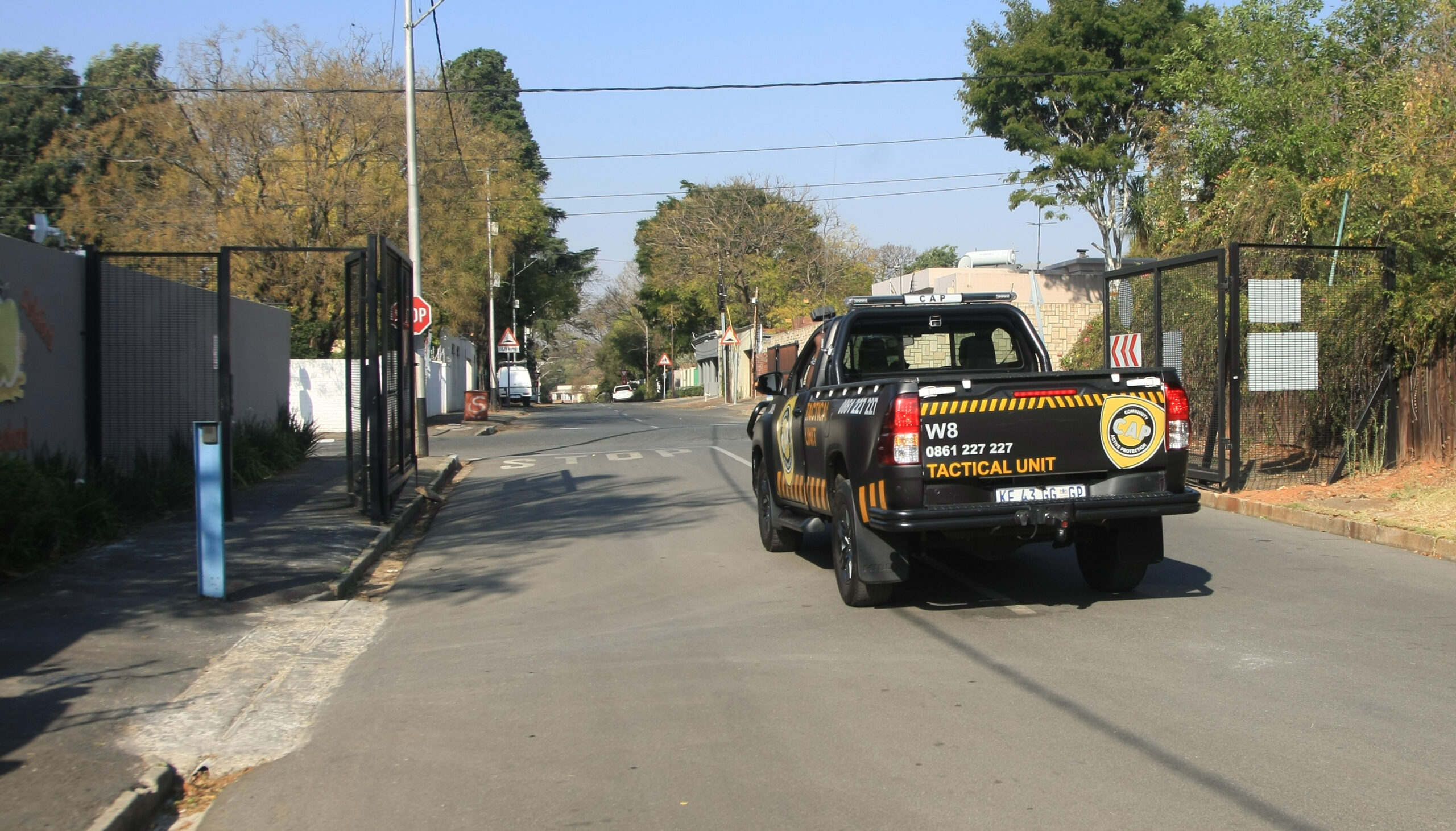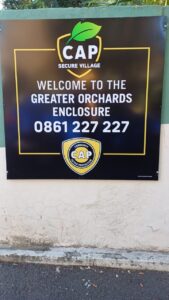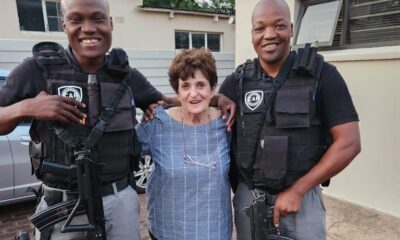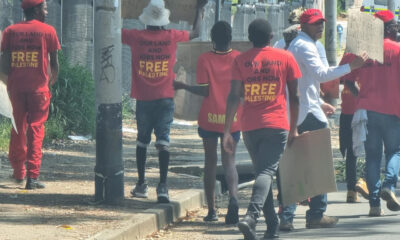
Lifestyle/Community

Orchards residents celebrate as suburb finally gated
Orchards became the latest Johannesburg suburb to celebrate having several of its public roads enclosed on Tuesday, 13 June. And residents are hoping, as with other closures, that this will bring down crime in their suburb significantly.

Though there are a few hundred such enclosures in Johannesburg, this is only the second that really has an impact on the community, the others being in the neighbouring suburbs of Savoy and Waverley.
“Most have been successful, and cut contact crime dramatically,” says Sean Jammy, the chief operations officer of Community Active Protection (CAP) Security that administers more than 30 of these enclosures.
This suburban closure, designed to enhance security and promote community co-operation, took three years to finalise with city authorities.
It wasn’t always a smooth ride, with several objections, municipal mistakes, and major bureaucracy to deal with. Lessons have been learned from the ups and downs of a similar scheme in Savoy and Waverley.
Orchards resident Feige Swimmer was the applicant to the Johannesburg Roads Agency (JRA) on behalf of her suburb. Permission to enclose the roads was granted three years ago, she said, but after nine months, this decision was reversed by the municipality for a further nine months due to objections that were raised. The consultant used for the application had made errors, which entailed a new application process. Swimmer refused to take no for answer, and marshalled the local community to support her efforts.
“It was a very long road with the JRA and the objectors,” Swimmer told the SA Jewish Report. “But I didn’t give up. The cause of community safety mattered to me. Crime has definitely gone down since the enclosure process started. And it has created a nice sense of community and more togetherness among the residents. It’s unfortunate that we have to block ourselves off, but serious crime is a fact of life in Johannesburg.”
Swimmer described the plight of an elderly couple in the area who had guns pointed at their heads in a robbery. She said the enclosure “isn’t foolproof, but it does give us a sense of safety. Kids can ride bikes in the roads. We still need to remain vigilant, but we can drop our shoulders a little bit.”
Being the applicant was laborious and taxing for Swimmer, a commercial property broker, and dealing with a disorganised – sometimes dysfunctional – city council wasn’t easy. Key personnel were shifted in the council, delaying the process for months on end. “It was hard to please everybody,” she said, “but once I got the ball rolling, people appreciated the effort and the community came together. I didn’t give up in spite of many sleepless nights. I decided, ‘I want this.’ Not everyone has the patience and time for this, but I felt supported by certain community members to stand and fight for this. I never felt alone.”
The community has handed over the running of the enclosure to CAP. Jammy said though some residents hate the enclosures, the vast majority say they “wouldn’t want to live without it”. He stresses that these enclosures are about more than security. “They are about pride in the areas we live in through adopting and maintaining parks, reducing vagrancy, and improving property values.”
The journey in Savoy-Waverley had its own roadblocks. The council claimed that they received significant pushback, including from some traders in the area. A few weeks after the roads were enclosed, in December 2022, armed police officers with bolt-cutters forcibly reopened the gates. CAP took the matter to court and won with costs, and the roads were re-enclosed. As a temporary compromise with residents outside of Savoy and Waverley who the council alleges were complaining, CAP agreed to open the gates on High Road and Grenville Road where they meet Corlett Drive and Louis Botha Avenue respectively, to allow traffic access to the M1 freeway. However, CAP is not allowed to erect booms or cameras on these roads as the city is appealing the legality of the enclosure.
“This delay has meant that we cannot yet complete the enclosure properly,” Jammy said. “The entrances at High and Grenville roads aren’t monitored. This means that licence plates and drivers’ faces aren’t photographed.”
But Jammy is adamant that there has been a significant reduction in serious and violent crime in spite of the hurdles placed by objectors and the council. “Serious violent crime within the Savoy-Waverley enclosure has reduced by 80% compared to the same period last year. We still have things to rectify, including monitoring all entrances and exits with cameras, creating a four-way stop on Stirling Street with the JRA, and other traffic calming measures, which will further improve the area.”
Jammy offered three lessons from the Savoy-Waverley process. “First,” he said, “closures are definitely part of the way forward to make people feel safer in our communities. Second, it’s about more than just security, it’s about making our streets and suburbs cleaner and greener, better places to live. The more active the community is, the more successful the endeavour. And third, we must find constructive ways to engage and work with the city council, even if there are obstacles, sharing our vision and planning for realities like traffic congestion and driver safety earlier in the process.”
With crime an unfortunate reality in South Africa, communities that can afford it will continue to take their security into their own hands and not rely on the police or the government.










